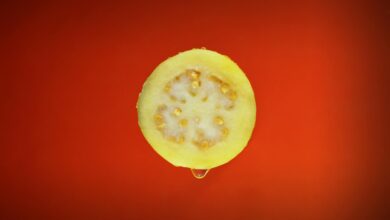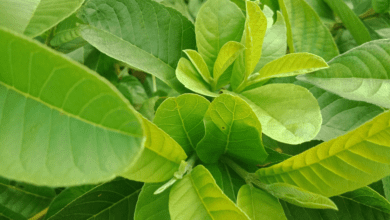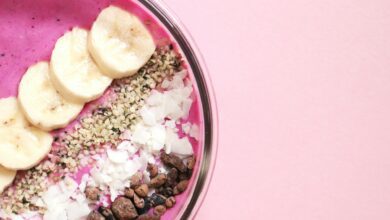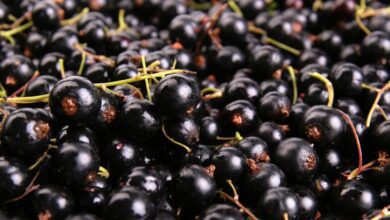Caffeine or No Caffeine? Unveiling the Matcha Mystery

Does matcha have caffeine? That’s a common question among coffeeholics.
This powdery delight is harvested from the Camellia sinensis plant, the same plant that gives us black, green, and oolong teas. However, the cultivation process for matcha is unique, with the tea plants being shaded for several weeks before harvest, which boosts their chlorophyll content and gives matcha its signature vibrant green hue.
Understanding the caffeine content in matcha
One of the most common questions surrounding matcha is its caffeine content. After all, many of us rely on our morning coffee or tea to kickstart our day, and the thought of forgoing that familiar caffeine boost can be daunting. But fear not, fellow caffeine enthusiasts, for matcha has a secret up its sleeve.
The health benefits of matcha
Matcha’s allure extends far beyond its potential caffeine content. This remarkable green powder is packed with a myriad of health benefits that make it a true superstar in the world of wellness. From its high concentration of antioxidants to its ability to boost cognitive function, matcha is a true multitasker when it comes to supporting your overall well-being.
Does matcha have caffeine? Debunking the myth
Now, let’s address the burning question: does matcha actually contain caffeine? The answer may surprise you. Matcha, being a type of green tea, does indeed contain caffeine, but the amount can vary depending on various factors. On average, a single serving of matcha (around 2 grams) contains approximately 70 mg of caffeine, which is about the same as a cup of brewed green tea.
However, it’s important to note that the caffeine content in matcha can be influenced by factors such as the growing conditions, the time of harvest, and even the specific cultivar of the tea plant. Some higher-quality matchas may contain slightly more caffeine, while others may have a lower caffeine content.
How does matcha compare to other caffeinated beverages?
When it comes to caffeine content, matcha holds its own against other popular caffeinated drinks. Let’s take a closer look:
| Beverage | Caffeine Content (per 8 oz serving) |
|---|---|
| Matcha | 70 mg |
| Coffee | 95 mg |
| Black Tea | 47 mg |
| Green Tea | 28 mg |
| Coca-Cola | 34 mg |
As you can see, matcha falls somewhere in the middle, providing a moderate caffeine boost that is often gentler and more sustained than the sudden jolt of a strong cup of coffee.
The effects of matcha on energy levels
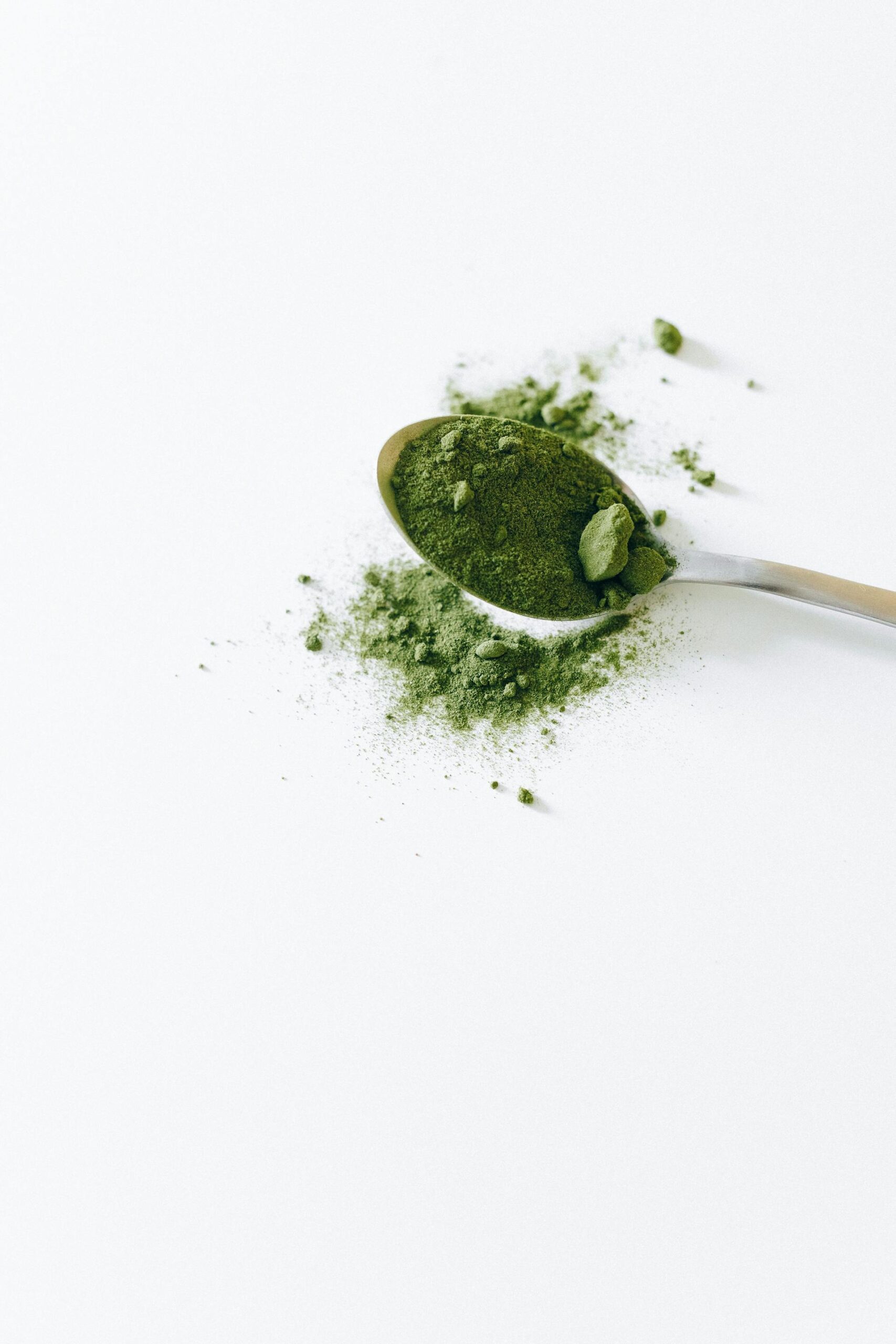
The unique way in which matcha delivers its caffeine content is what sets it apart from other caffeinated beverages. Unlike the rapid spike and subsequent crash associated with coffee, matcha’s caffeine is absorbed more slowly and steadily, providing a gentle, prolonged energy boost.
This is largely due to the presence of L-theanine, an amino acid found in green tea that works in harmony with the caffeine to create a state of calm alertness. The combination of caffeine and L-theanine in matcha helps to reduce the jitteriness and anxiety that can sometimes accompany a caffeine high, leaving you feeling focused, energized, and clear-headed.
Impact on sleep quality
One of the most intriguing aspects of matcha is its potential to actually improve sleep quality, despite its caffeine content. This seemingly paradoxical effect can be attributed to the unique balance of compounds found in the tea.
The L-theanine in matcha has been shown to have a calming effect on the mind, helping to reduce stress and promote relaxation. When combined with the moderate dose of caffeine, the result is a subtle, sustained energy boost that doesn’t interfere with your body’s natural sleep-wake cycle.
How to incorporate matcha into your daily routine
Incorporating matcha into your daily routine is a simple and delightful way to reap its many benefits. The versatility of this green powder allows for a wide range of preparation methods, from the traditional Japanese tea ceremony to modern matcha lattes and smoothies.
To enjoy a classic matcha tea, simply whisk the powder with hot water (around 175°F) in a small bowl or mug until a smooth, frothy texture is achieved. For a creamier twist, you can add a splash of plant-based milk or a touch of honey.
If you’re feeling adventurous, you can also experiment with matcha in your cooking and baking. The earthy, umami-rich flavor of matcha pairs beautifully with a variety of ingredients, from savory dishes to sweet treats.
Decaffeinated options
For those who prefer to steer clear of caffeine altogether, there are now decaffeinated matcha options available on the market. These specialty matchas undergo a gentle decaffeination process that removes the majority of the caffeine content, while still preserving the tea’s signature flavor and nutritional profile.
Decaffeinated matcha can be a great choice for those who are sensitive to caffeine, or for those who simply want to enjoy the benefits of matcha without the added stimulant. It’s important to note, however, that even decaffeinated matcha may still contain trace amounts of caffeine, so individuals with strict caffeine restrictions should consult with their healthcare provider before incorporating it into their diet.
Conclusion
In the end, the matcha mystery is not so mysterious after all. This vibrant green powder is a true powerhouse of health benefits, offering a moderate and sustained caffeine boost that is gentler and more balanced than many other caffeinated beverages.
Whether you’re a dedicated caffeine enthusiast or someone who prefers to keep their intake in check, there’s a matcha option out there that can fit seamlessly into your lifestyle. So, why not take the plunge and start exploring the wonderful world of matcha? Your mind and body will thank you.
Start drinking matcha and experience the perfect balance of energy and relaxation in your daily routine. Discover the versatility of this incredible green powder and how it can elevate your overall well-being. Dive into the world of matcha and let it become your new go-to beverage for a healthier, more balanced life.

